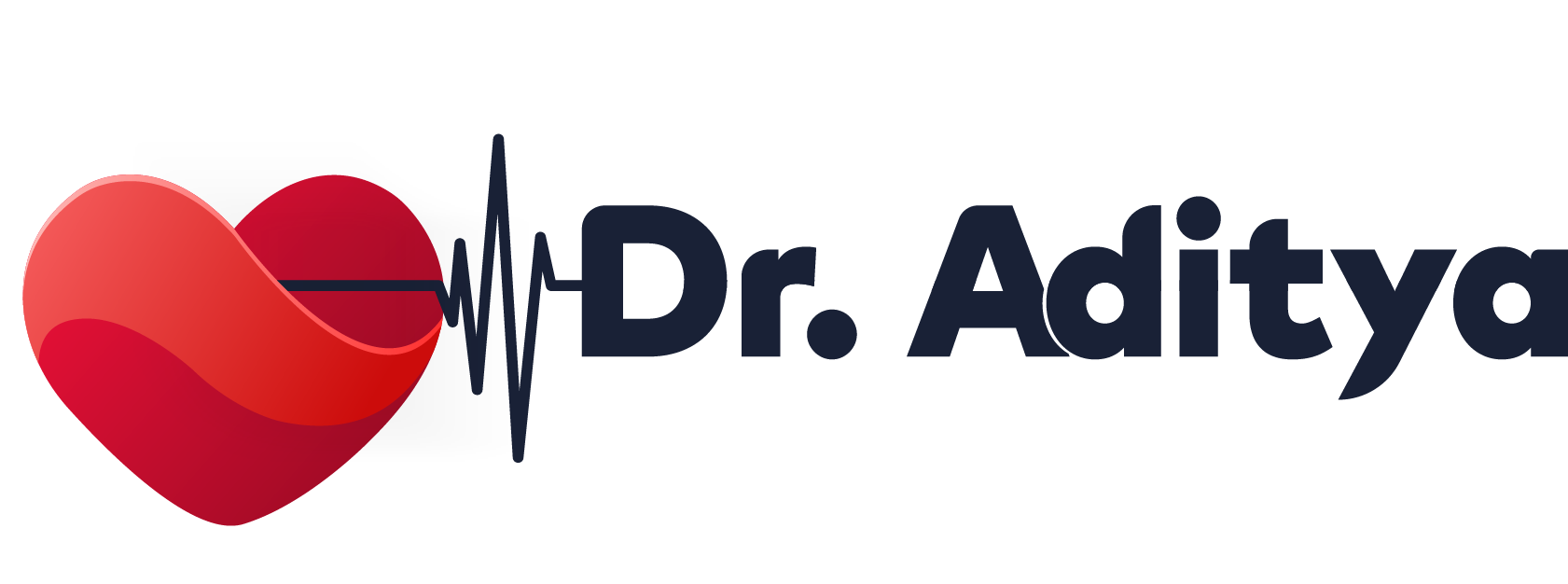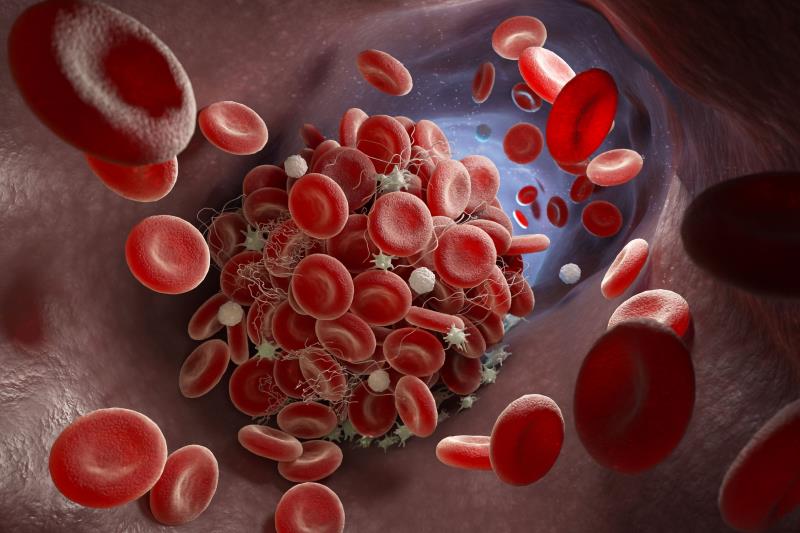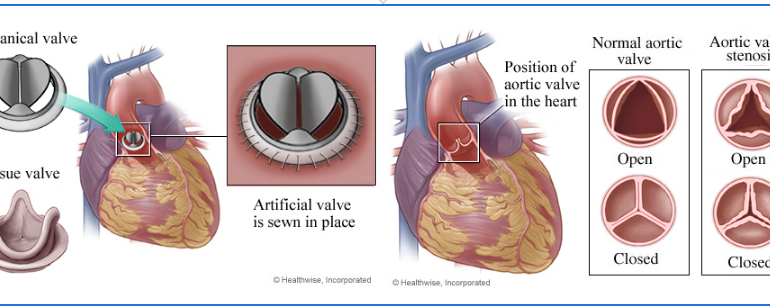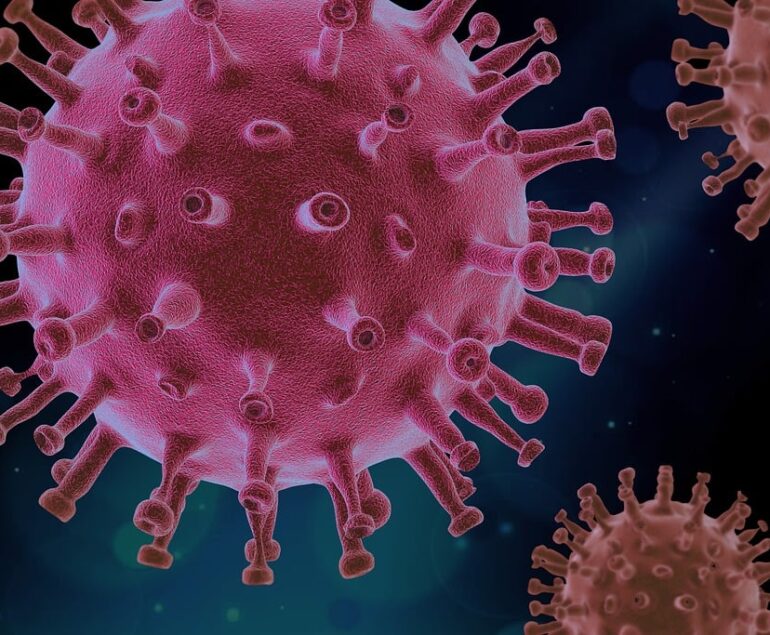Introduction:
A crucial component of contemporary healthcare is anticoagulant therapy, which uses drugs to both prevent and treat blood clots. This blog post gives a thorough overview of anticoagulant therapy, emphasizing its goal, different anticoagulant classes, typical applications, potential drawbacks, advantages, and nursing responsibilities. Readers can obtain a deeper grasp of this critical therapy and the crucial role that nursing practitioners play in its administration by focusing on anticoagulant medications and chronic anticoagulation.
What is Anticoagulant Therapy
Blood thinning therapy, sometimes referred to as anticoagulant therapy, is used to prevent or treat blood clots. Deep vein thrombosis, pulmonary embolism, stroke, and heart attack are just a few of the illnesses that these clots, or thrombi, can cause. Anticoagulants are essential in preventing such consequences because they limit the clotting process or stop the creation of new clots.
What are the Types of Anticoagulants
Parenteral anticoagulants and oral anticoagulants are the two primary categories of anticoagulants. Direct oral anticoagulants (DOACs), such as apixaban and rivaroxaban, and warfarin, are examples of oral anticoagulants that are taken by mouth in the form of pills or tablets. Parenteral anticoagulants are given intravenously or intramuscularly and include heparin and low molecular weight heparin (LMWH).
Common Uses of Anticoagulant Therapy
Medical situations involving the use of anticoagulant treatment include:
- Anticoagulants are frequently provided to people who are at high risk of developing blood clots, such as those who have deep vein thrombosis, atrial fibrillation, or a family history of clotting disorders.
- Treatment of current blood clots: In cases like pulmonary embolism, deep vein thrombosis, or stroke, anticoagulants can be used to dissolve or stop the growth of blood clots.
- Anticoagulants may be given after some surgeries to stop the formation of blood clots and lower the risk of problems (post-surgical prophylaxis).
What are the Potential Risks and Benefits
Anticoagulant medication has potential hazards in addition to its many positive effects. Increased bleeding propensities, bruising, gastrointestinal bleeding, and the requirement for cautious dosage and blood clotting parameter monitoring are some of the hazards connected with anticoagulants. Anticoagulant therapy, however, frequently outweighs the risks, especially when it comes to preventing potentially fatal illnesses like stroke or pulmonary embolism.
Importance of Monitoring and its Precautions
Proper monitoring is necessary during anticoagulant therapy to make sure the medication’s effectiveness and to prevent its adverse effects. Regular blood tests, such as the international normalized ratio (INR) for warfarin, help healthcare professionals adjust the dosage accordingly. Patients on anticoagulant therapy should also be aware of potential drug interactions, stick to the prescribed dosage from doctor, and inform healthcare providers of any changes in medications or health conditions.
Conclusion:
Anticoagulant therapy is a critical medical intervention aimed at preventing and treating blood clots. By understanding the purpose, types, uses, and potential risks and benefits of anticoagulants, individuals can appreciate the importance




